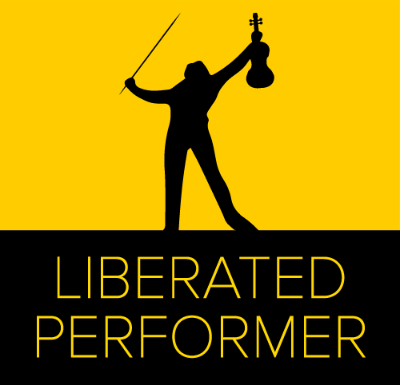The majority of the routines that exist are extremely structured which is both good but limiting in terms of reaching your peak performance. Therefore, I want to introduce the two general levels of pre-performance routines.
Before I describe these levels, let’s create some common goals for the pre-performance routines. For example, let’s develop a routine that brings you from your everyday life mental state into performance mode. The second is to have something reliable so you can consistently perform your best. Lastly, in a world of which you cannot control, it gives you structure and something to trust when the pressure gets high so you can succeed.
A Level 1 pre-performance routine is all about helping you manage your performance.
Examples can include breathing and visualization techniques, unique rituals, or listening to a certain type of music. Each one has their strengths and different effects. Deep breathing through the stomach can reduce your heart rate, visualization can help you focus, and listening to a certain type of music can get you in the mood to perform. However, if these strategies, or any combination of these strategies is not getting you to the point of peak performance, there must be another level. The best performers thrive on stage. This requires more than management techniques.
Level 2 pre-performance routines are highly individualized strategies that boosts your self-efficacy (ability to complete the task), increase locus of control (environment), and also self-esteem (feeling like a rock star).
Now if you have questions about any of those terms, check out the Liberated Performer Theory of audition and performance success for more information. But with that said, imagine a routine that arms you in this holistic way. That routine is on a completely different level than simple management techniques and something advanced performers should strive for.
Also, the last part of level 2 routines is that they are guided by performance factors rather than a set process. For example, many routines are do this and do that every time. But that totally ignores the always changing performance factors such as repertoire difficulty, social setting, physical and cognitive manifestations of anxiety, timelines, etc. As you know, every performance situation is different and life is constantly changing. This is why we must have corresponding strategies for the different factors of performing as they change. When the social setting changes, we must use the appropriate strategies. When we are short in time, we must have different routines than if we have years to master the performance. With so many factors, you can now see how Level 1 pre-performance routines cannot fully realize your potential. Level 1 pre-performance routines lack the flexibility and strength that is needed to succeed consistently.
Now a couple caveats about level 2 pre-performance routines. First is that with level 2 pre-performance routines, you still use level 1 pre-performance routines as it’s part of your arsenal to address certain performance factors. Also, there are plenty of amazing performers that have super simple pre-performance routines, yet they go on stage and perform at the highest level. What does that say about pre-performance routines? Some performers need a lot of preparation before they walk on stage, and others not much and everywhere in between. Even that is an example of a performance factor- your maturity and development level as a performer and person.
So let me leave you with a couple of questions. What level is your pre-performance routine at right now? What strategies work most effectively? Are you able to get to that peak performance and if not, what part of level 2 strategies do you need to develop?
To summarize, have the goal of building your own pre-performance routine. Arm yourself with a level 1 routine that helps you manage a performance. If you need help with that, check out Coach Tema’s video for detailed advice. After developing a level 1 pre-performance routine, look to evolve it to a level 2 to gain that peak performance and consistency in all environments. Level two takes time to build, but is worth the effort. Having a strong pre-performance routine gives you confidence even in the most stressful situations.
Anyway, reach out if you need help managing the many factors that contribute to performance success so you can walk on stage knowing you did everything to succeed.

